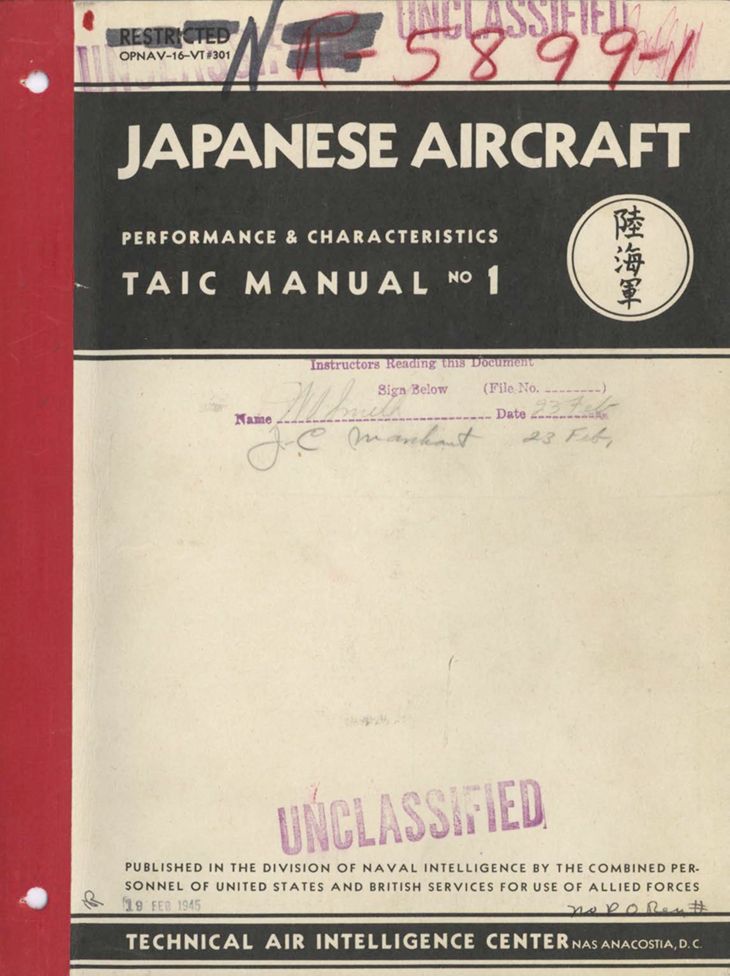You can get it here:Hey tomo pauk and RCAFson,
Thank you. Can either of you provide me with the appropriate DTIC document link? This appears to be one I have not run across before.

World War II Operational Documents
Published in the Division of Naval Intelligence by the combined personnel of United States and British services for use of allied forces. Contains an alphabetical index of aircraft, contents of aircraft performance, aircraft code names, suicide glide bombs, engine section, armament section...
